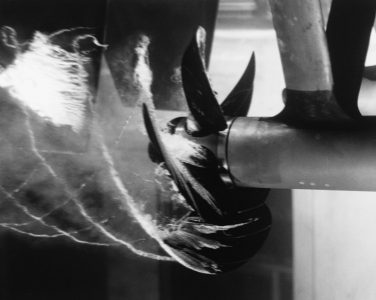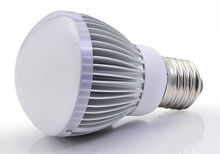One of the most interesting phenomena in fluid dynamics (at least to me) is cavitation. In short, cavitation occurs when bubbles of liquid vapor are formed in a fast moving liquid where the pressure is temporarily reduced. Think bubbles coming off of a propeller in the water. Read on to see exactly how this happens and why engineers care about it.
Water is considered an incompressible fluid. What this means is that you cannot reduce it’s volume by compression (aka density is constant). Try to squeeze a full water bottle into a smaller shape. You won’t be able to do it because the water won’t compress. Now, if you can’t compress it you also can’t expand it in its liquid form. This means that you can’t take a half full glass of water, put a vacuum pump on it and somehow get the liquid water to fill the entire glass. You would only move the water around. with the pressure reduced, you would eventually cause more of the liquid to become a gas but now you have less liquid than you started with. It’s this last property, conversion of liquid to vapor when the pressure is low, that is the principle cause of cavitation.
Whenever water is travelling fast enough, usually around a propeller, impeller or a section of pipe where flow is constricted, the pressure in small regions can temporarily get below the vapor pressure. Below this pressure the liquid can phase change to a gas. When this happens, a cavity filled with liquid vapor is formed which appears as a bubble. This is cavitation. The danger of cavitation comes when the pressure returns to normal and the cavity collapses. This can generate a shockwave capable of damaging metal over time. Because of this, engineers design pumps and propellers to avoid cavitation so that they do not become damaged.
I already mentioned that you can often observe cavitation behind a rapidly rotating propeller. Interestingly enough, you can see it in nature. Look at rocks in a fast flowing stream where the water is flowing particularly fast (such as right before a waterfall) and look for bubbles. Those bubbles are caused by natural cavitation.
Cavitation is generally not a concern for most building designs, but engineers do consider velocity in water pipes when selecting sizes in order to avoid excess noise and damaging wear and tear. If you are seeking to work with an engineering firm that is client-centered and strives to provides services that are on time, on budget and exceed expectations, please contact us. We would love to work with you on your next project!



